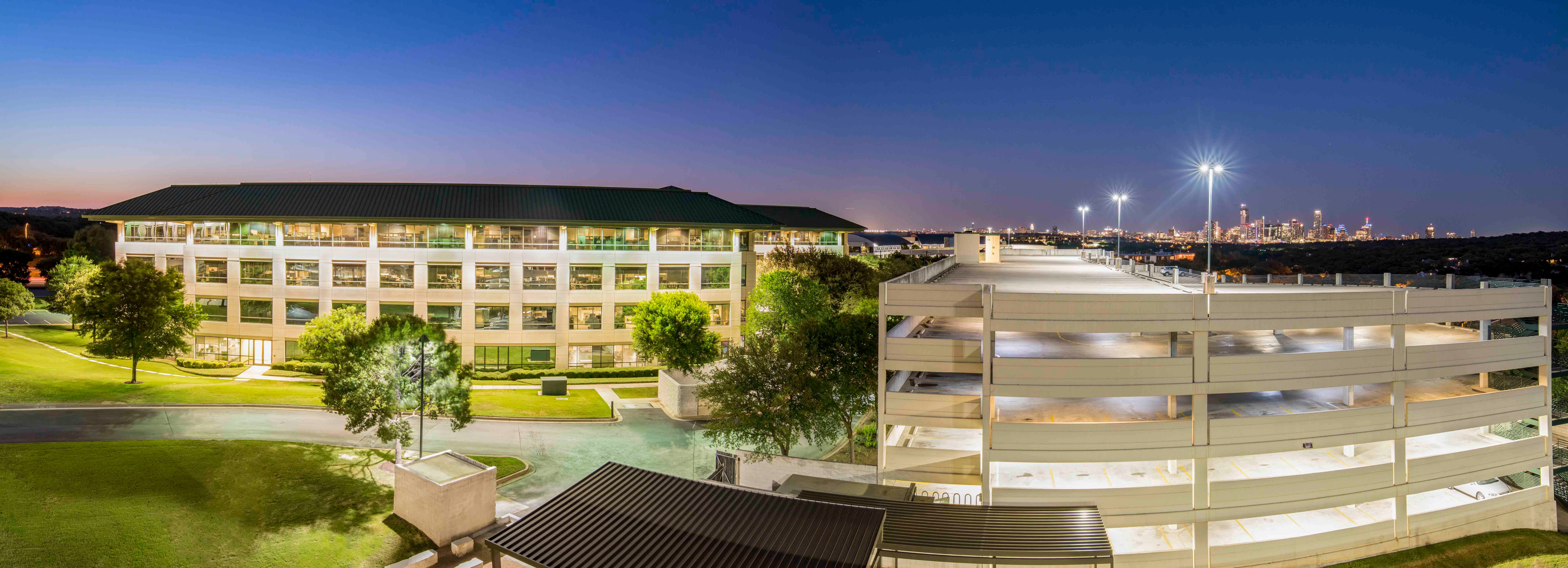AUSTIN, TX—While numerous employers are moving to Austin, many cite the lack of public transit here. However, with the recently passed Proposition A, the city can now legitimately check this box to address access/congestion concerns for future office location selection.
Proposition A approves the maintenance and operations portion of the city's property tax rate, dedicates 8.75 cents toward the implementation of a high-capacity transit system, Project Connect, and ensures the initial investment will be completed.
Federal funding is anticipated to provide approximately 45% of the program's estimated $7.1 billion capital cost. The property tax revenue would provide funding for the rest of the capital cost plus operations and maintenance of the transit system once built. The initial investment also includes $300 million for transit-supportive anti-displacement housing strategies.
Recommended For You
The dedicated property tax revenue along with Capital Metro revenue and federal funding would be directed to a new independent government organization called the Austin Transit Partnership. This organization would oversee, finance and implement Project Connect.
Clearly, not only does Prop A have several implications from a real estate perspective, but it will shift the national perspective of Austin in several ways, says Ari Rastegar, founder and CEO of the Rastegar Property Company, an Austin-based real estate developer. For one, Austin will become more desirable for conferences and other large events with public transit added to the mix.
While construction will be a temporary hindrance to local business, in the long term, public transit will be a catalyst for local businesses and more development along the new transit corridors. Other positives will include decreased traffic congestion, and the extension of street life and walkable businesses in South Austin and on South Congress.
"The biggest knock on Austin is public transit," Rastegar tells GlobeSt.com. "This project will be the most ambitious of any we've tackled but it will put us on the global map on the scale of Silicon Valley. I want to commend Governor Abbott and all of the Democrats and Republicans working together to make this happen. This is an example of what a new-generation city can do."
In a similar example, Phoenix estimated that $11 billion of private/public investment and 35,000 jobs followed within a half-mile of its light rail system in the last decade. That equates to roughly $8 billion in development for every $1 billion spent on light rail.
Another more local example is Rastegar's site along South Congress, where property values will also increase considerably during the next decade due to the promise of light rail. This multifamily project with an affordable component will be the beneficiary of that infrastructure project, says Hunter Floyd, Rastegar director of design and development.
"A new light rail and station less than one block away from our site will create incredible access to the rest of the city for our future residents and further transform this area of South Austin into a truly mixed-use walkable environment," Floyd tells GlobeSt.com. "This solidifies Austin's future as a world-class city and will extend the vibrancy and character of iconic South Congress Avenue southward for more communities to enjoy."
© Touchpoint Markets, All Rights Reserved. Request academic re-use from www.copyright.com. All other uses, submit a request to [email protected]. For more inforrmation visit Asset & Logo Licensing.







